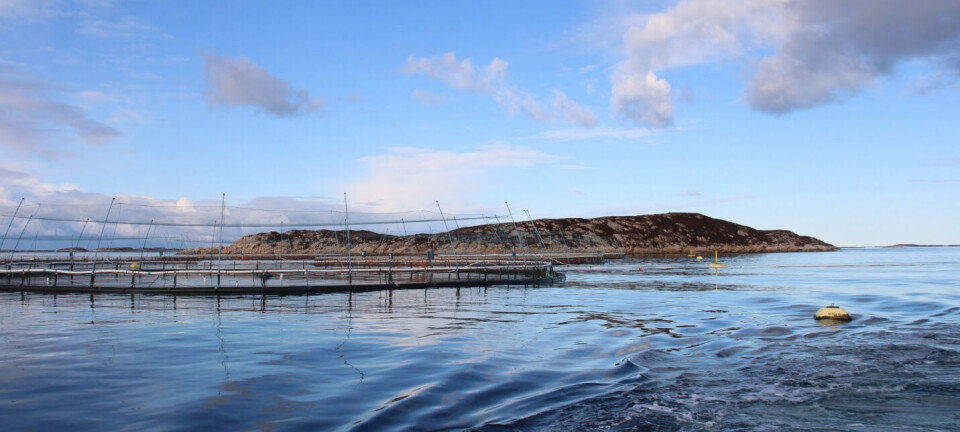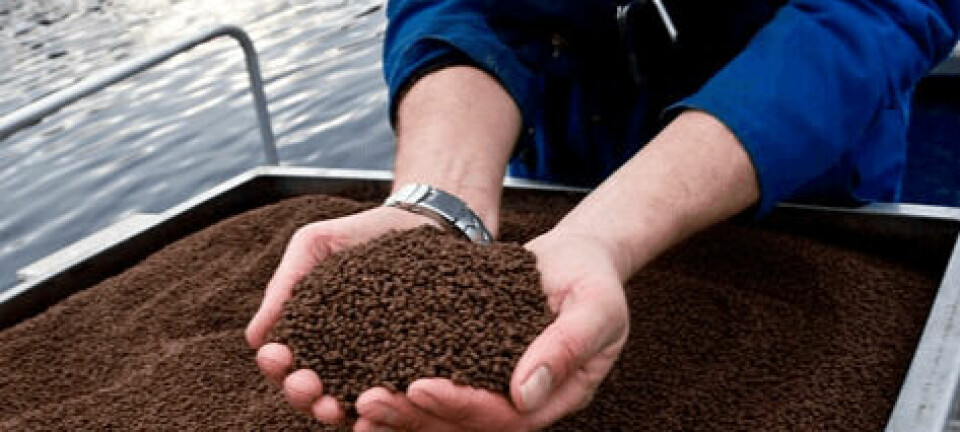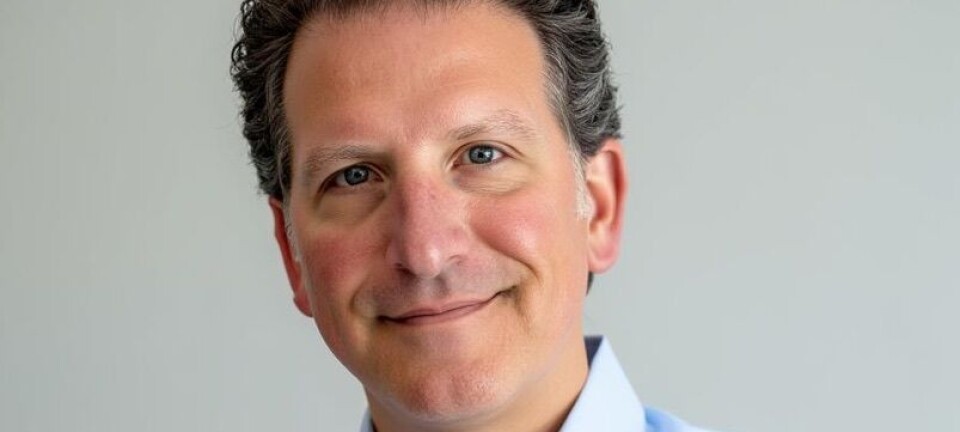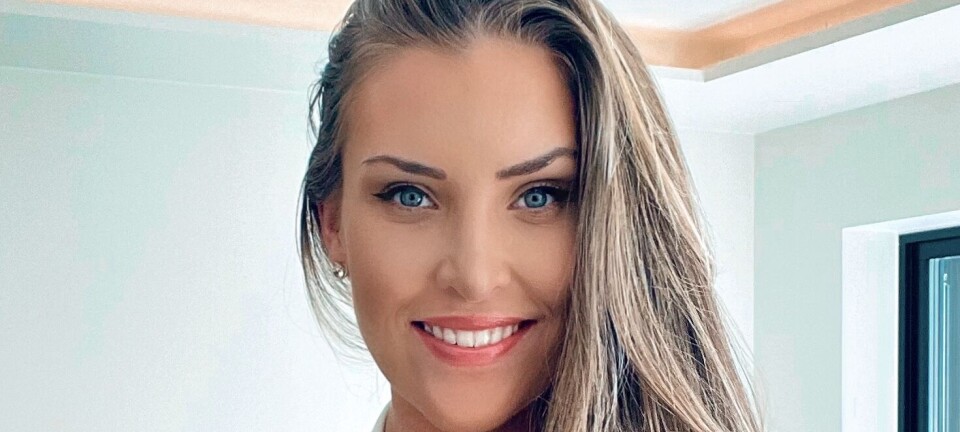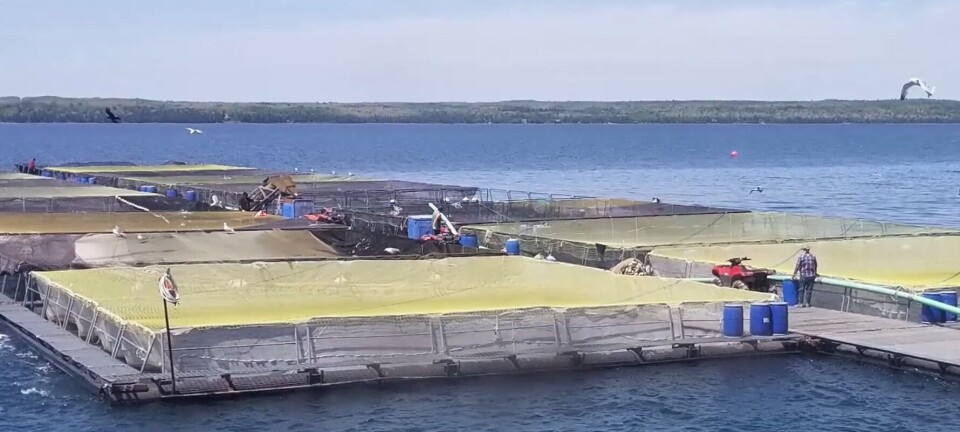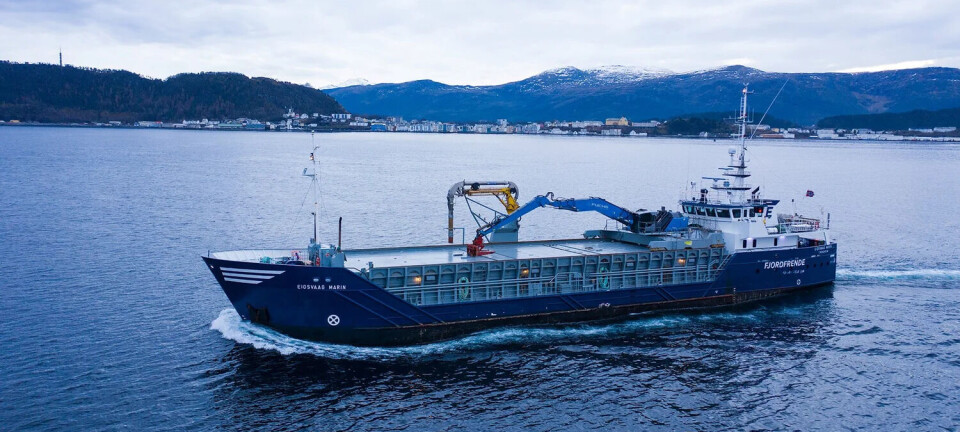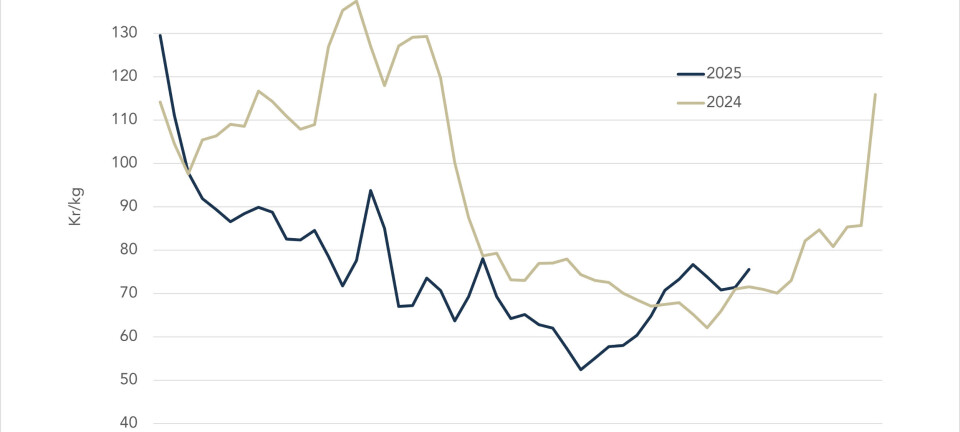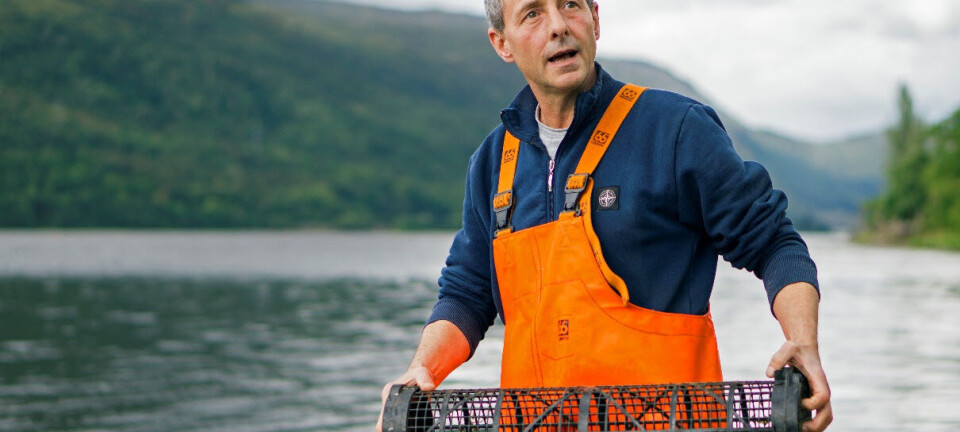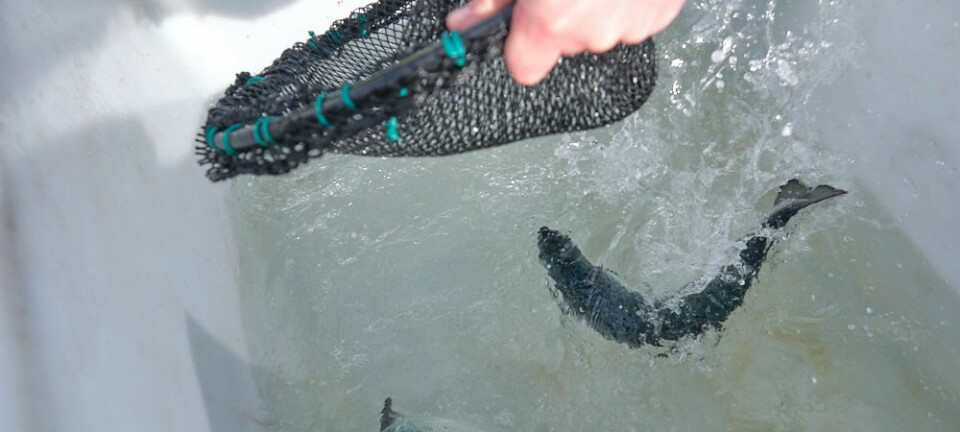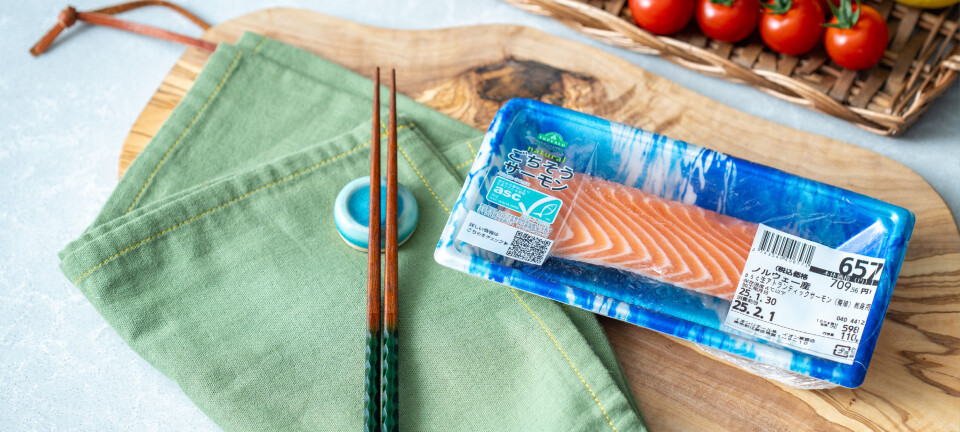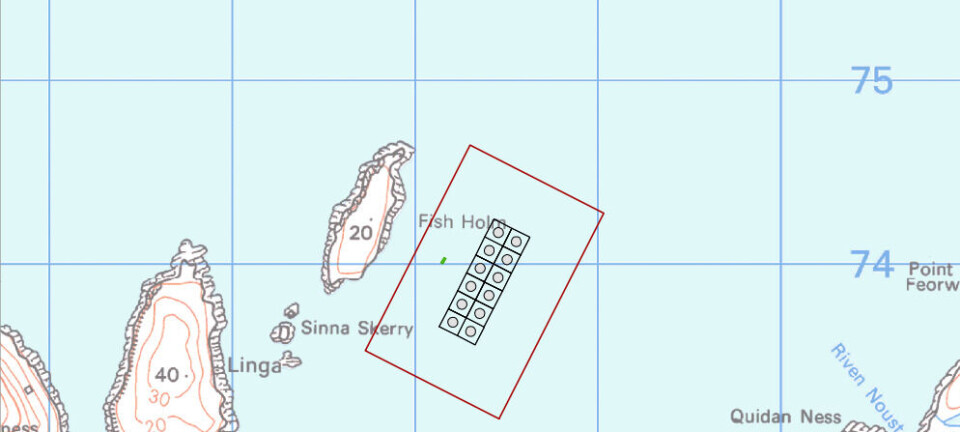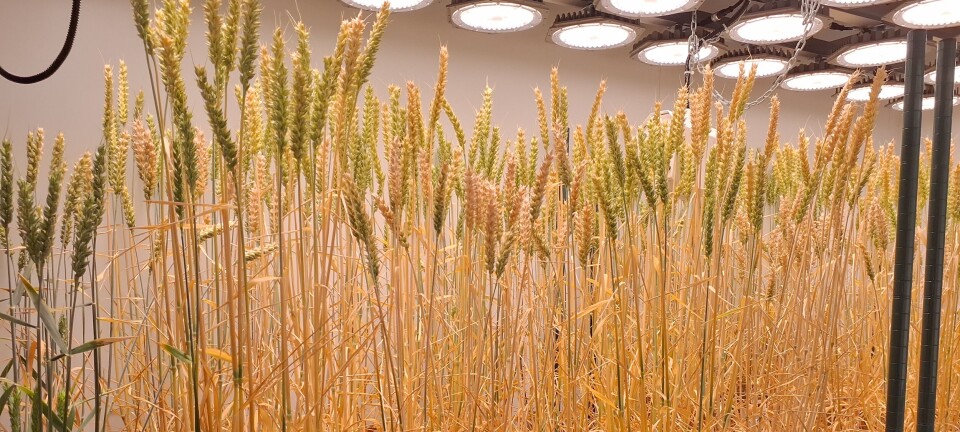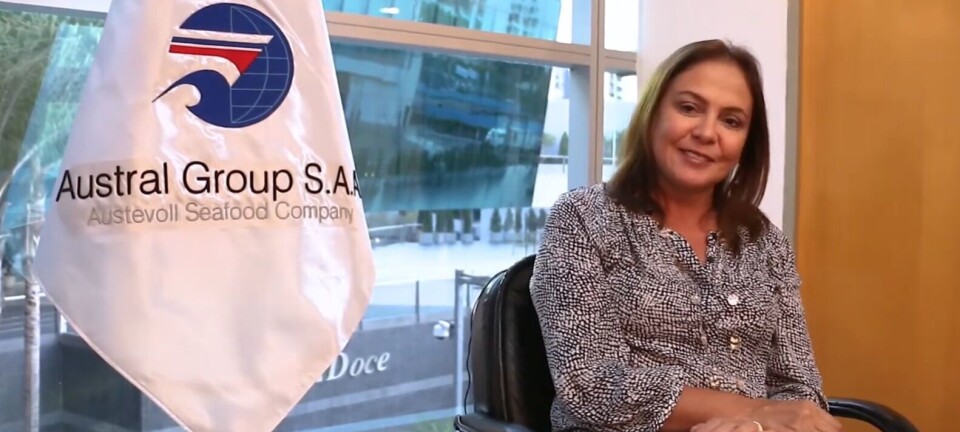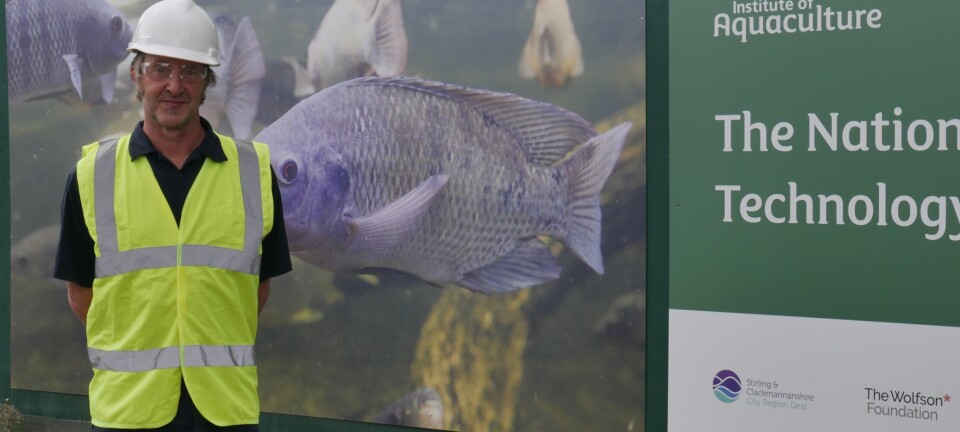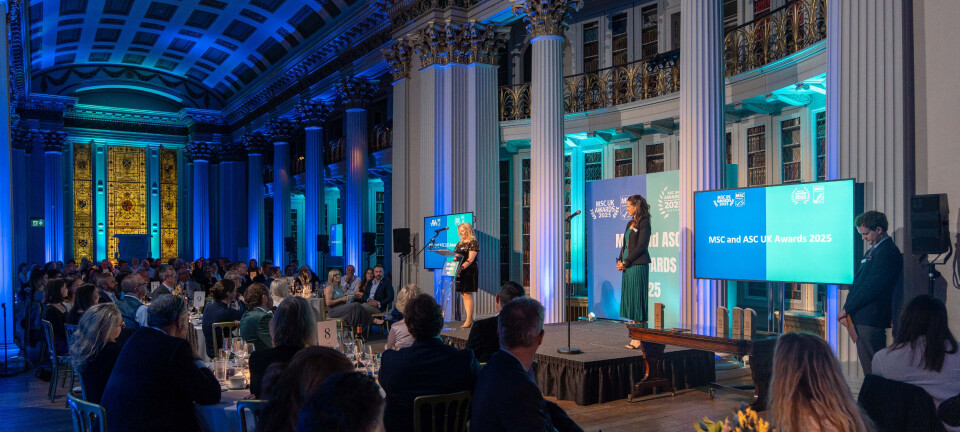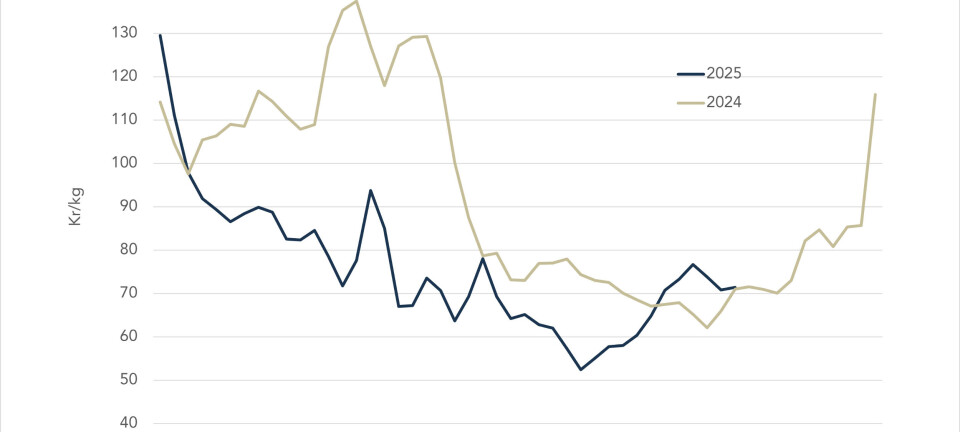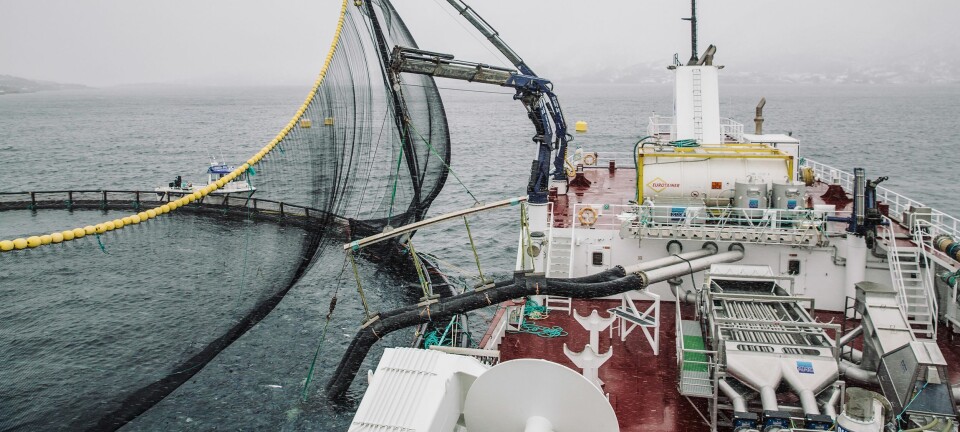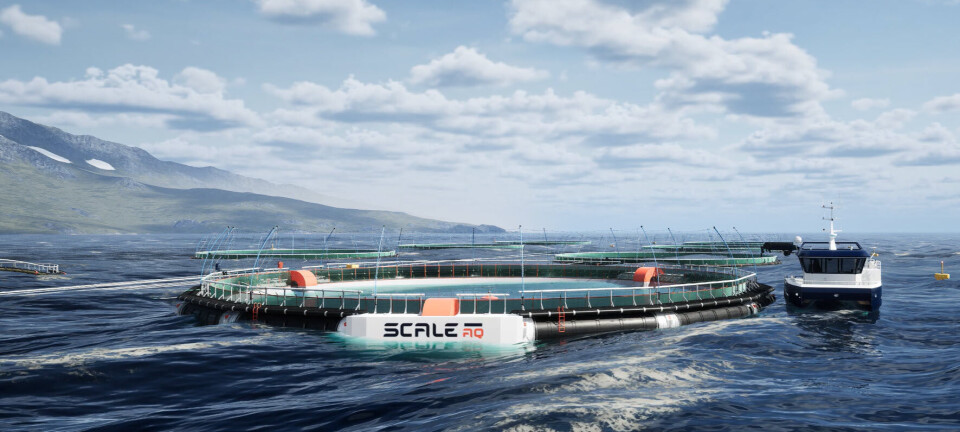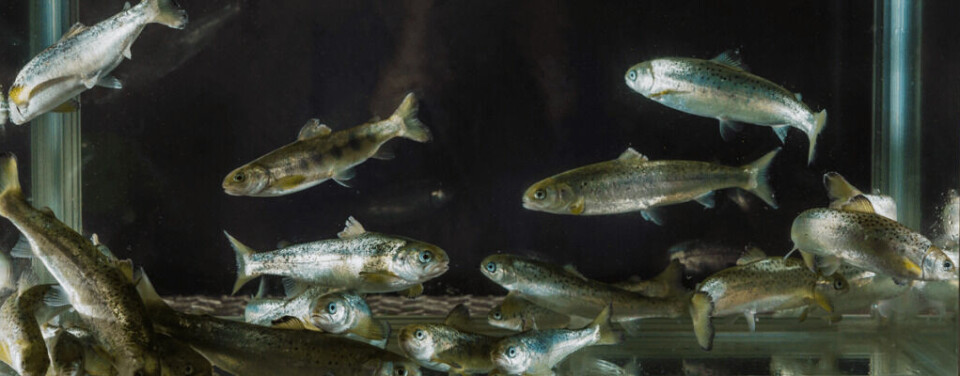
The welfare state
A handbook which aims to help farmers optimise trout and salmon welfare at different life stages, site types and during a range of farming operations is currently being prepared.
Funded by Norway’s Fishery and Aquaculture Industry Research Fund (FHF), the FISHWELL project is a joint effort between Nofima, the Institute of Marine Research, the Norwegian Veterinary Institute, Nord University and the University of Stirling.
The project will focus on evaluating fish welfare using Operational Welfare Indicators (OWIs) defining the OWIs that are most appropriate for different life stages, rearing systems and husbandry routines. This will help farmers identify where their production stands in relation to the specific welfare needs of the fish and allow them to identify areas of strength (best practice) and also provide assurance on acceptable levels of fish welfare.
“We are nearly halfway through the project,” says Nofima’s Senior Scientist Chris Noble. “We have put a lot of groundwork into updating our welfare knowledge for each species and life-stage. The next phase will involve assessing which welfare indicators are most suitable for different rearing systems and husbandry practices, such as crowding, harvesting and other procedures. Thereafter, in close consultation with the steering group and other interested parties from the industry, the project partners will continue to work on how this updated knowledge can be put to use out on the farms, in the best and most practical way possible.
Chris is heading up the year-long research project, which has a budget of approximately 7 million NOK (£640,000).
“The handbook will help farmers and other interested parties assess and optimise fish welfare. Promoting and illustrating welfare-friendly production practices are fundamental aspects of the project,” says Chris.
The plan is to have this work completed by the end of the year.
“This will provide the industry with scientifically sound yet at the same time practical indicators that are both species and life-stage-specific. The indicators must also be comprehensible to other people, not only those who work in the industry, says Kjell Maroni, Chief Adviser to FHF.
The scientists involved in the project will also be closely cooperating with FHF’s research programme on cleaner fish welfare (such as the project RENSVEL) and earlier work done by the by the project partners on operational welfare indicators.
// // 3e3;case"diversity":return g.fillText(h(55356,57221),0,0),c=g.getImageData(16,16,1,1).data,d=c[0]+","+c[1]+","+c[2]+","+c[3],g.fillText(h(55356,57221,55356,57343),0,0),c=g.getImageData(16,16,1,1).data,e=c[0]+","+c[1]+","+c[2]+","+c[3],d!==e;case"simple":return g.fillText(h(55357,56835),0,0),0!==g.getImageData(16,16,1,1).data[0];case"unicode8":return g.fillText(h(55356,57135),0,0),0!==g.getImageData(16,16,1,1).data[0]}return!1}function e(a){var c=b.createElement("script");c.src=a,c.type="text/javascript",b.getElementsByTagName("head")[0].appendChild(c)}var f,g,h,i;for(i=Array("simple","flag","unicode8","diversity"),c.supports={everything:!0,everythingExceptFlag:!0},h=0;h// // <link rel="stylesheet" type="text/css" media="all" href="http://nofima-326d.kxcdn.com/wp-content/themes/nofima/css/noscript.css?ver=1467954563" />



